The iPhone 16 Pro is here, already making a big impression with a camera upgrade and size changes. Here's how the 2023 iPhone 15 Pro compares.
The 2023 iPhone launch saw the iPhone 15 Pro Max gain more of an upgrade than the iPhone 15 Pro, thanks to its camera system. With the 2024 release, the iPhone 16 Pro catches up with the Pro Max, along with gaining other changes to the form.
This time, Apple's supersized the screen and added a new button. In 2024, the smaller Pro model also got the new Tetraprism lens, introduced in the iPhone 15 Pro Max.
This is how the iPhone 16 Pro improves and compares against its predecessor, the iPhone 15 Pro.
iPhone 16 Pro vs iPhone 15 Pro - Specifications
| Specifications | iPhone 16 Pro | iPhone 15 Pro |
|---|---|---|
| Starting Price (launch) | $999 | $999 View blowout offers |
| Dimensions (inches) | 5.89 x 2.81 x 0.32 | 5.77 x 2.78 x 0.32 |
| Weight (ounces) | 7.03 | 6.60 |
| Processor | A18 Pro | A17 Pro |
| Storage | 128GB, 256GB, 512GB, 1TB | 128GB, 256GB, 512GB, 1TB |
| Display type | 6.3-inch Super Retina XDR, ProMotion, always-on display | 6.1-inch Super Retina XDR, ProMotion, always-on display |
| Resolution | 2,622 x 1,206 at 460 ppi | 2,566 x 1,179 at 460 ppi |
| True Tone | Yes | Yes |
| Biometrics | Face ID | Face ID |
| Connectivity | 5G (Sub-6GHz and mmWave) Gigabit-class LTE Wi-Fi 7 Bluetooth 5.3 Ultra Wideband Gen 2 NFC Emergency SOS via Satellite Roadside Assistance via Satellite USB-C | 5G (Sub-6GHz and mmWave) Gigabit-class LTE Wi-Fi 6E Bluetooth 5.3 Ultra Wideband Gen 2 NFC Emergency SOS via Satellite Roadside Assistance via Satellite USB-C |
| Rear Cameras | 48MP Fusion, 48MP Ultra Wide, 12MP Telephoto with 5x optical zoom, Camera Control | 48MP Wide, 12MP Ultra Wide, 12MP Telephoto with 3x optical zoom |
| Video | 4K 120fps,, 4K 120fps HDR with Dolby Vision, 1080p 240fps or 4K 120fps Slo-Mo ProRes 4K 120fps with external recording, Cinematic Mode, Action Mode | 4K 60fps, 4K 60fps HDR with Dolby Vision, 1080p 240fps Slo-Mo ProRes 4K 60fps with external recording, Cinematic Mode, Action Mode |
| Front Camera | 12MP TrueDepth with Autofocus | 12MP TrueDepth with Autofocus |
| Battery Size (Video playback time) | Up to 27 hours | Up to 23 hours |
| Colors | Black Titanium, White Titanium, Desert Titanium, Natural Titanium | Black Titanium, White Titanium, Blue Titanium, Natural Titanium |
iPhone 16 Pro vs iPhone 15 Pro - Physical dimensions
The smaller of the two premium smartphones in the 2023 releases, the iPhone 15 Pro is comparable to the standard-edition iPhone 15 in many ways. Though, obviously, the features are always a different matter.
At 5.77 inches long and 2.78 inches wide, it had a marginal trim of size compared to the iPhone 14 Pro, though it also gained thickness at 0.31 inches.
For the iPhone 16 line, Apple decided to increase the size of the Pro models. That size parity with the non-Pro model is not present this time around.
The iPhone 16 Pro is 5.89 inches long and 2.81 inches wide, which is a marginal increase on the iPhone 15 Pro. The thickness of 0.32 inches is also a bit of a size gain too.
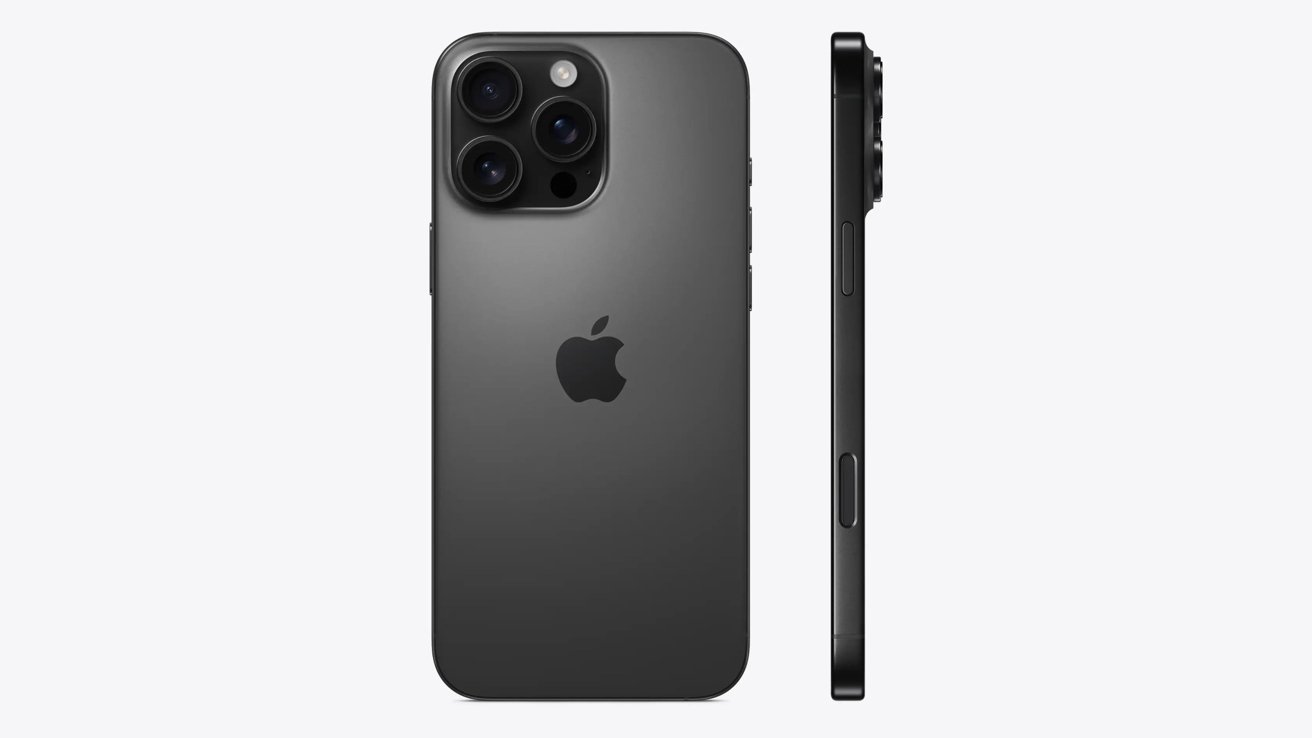 iPhone 16 Pro vs iPhone 15 Pro: The iPhone 16 Pro is marginally bigger and heavier than the iPhone 15 Pro.
iPhone 16 Pro vs iPhone 15 Pro: The iPhone 16 Pro is marginally bigger and heavier than the iPhone 15 Pro. There was a big change in the chassis design for the iPhone 15 Pro. Apple switched out from a stainless steel enclosure in a Ceramic Shield glass sandwich in favor of a version with Grade 5 Titanium.
The iPhone 16 Pro carries this along, but the chassis is tweaked to increase thermal transfers from the internal components. This should help keep the iPhone 16 Pro cool under processing loads.
The iPhone 15 Pro's change allowed it to be a fairly light at 6.60 ounces. The size increases doesn't help the iPhone 16 Pro, which weighs in at 7.03 ounces.
Yes, the new model is heavier, but it's a tad bit bigger to boot.
iPhone 16 Pro vs iPhone 15 Pro - Display
The screen used in the iPhone 15 Pro remained largely unchanged from the iPhone 14 Pro's version. The 6.1-inch OLED screen under the Super Retina XDR display offered a resolution of 2,556 by 1,179 pixels.
This gave it a pixel density of 460 pixels per inch, maintaining Apple's preferred figure for that spec.
The screen increase now means the iPhone 16 Pro has a 6.3-inch OLED panel to play with. It's also higher-resolution at 2,622 by 1,206, which maintains the 460ppi pixel density.
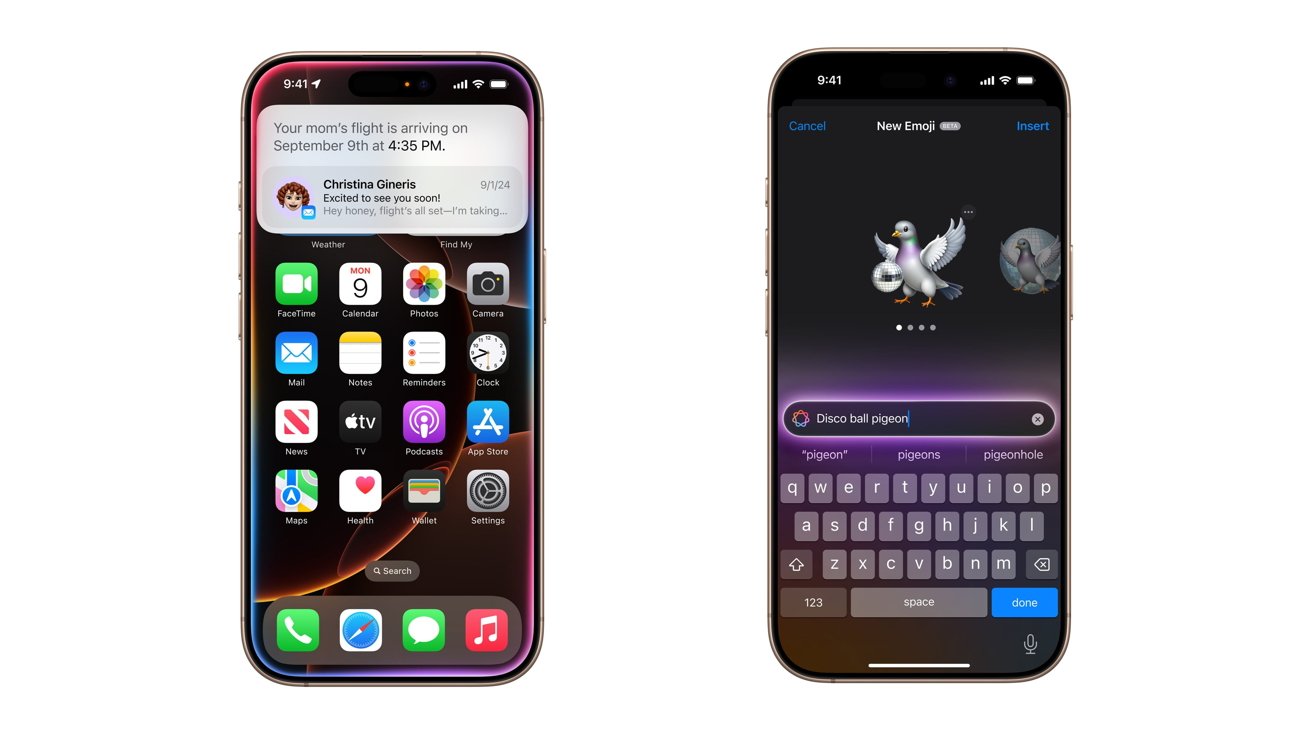 iPhone 16 Pro vs iPhone 15 Pro: Apple's increased the screen size for the iPhone 16 Pro, but kept the pixel density.
iPhone 16 Pro vs iPhone 15 Pro: Apple's increased the screen size for the iPhone 16 Pro, but kept the pixel density. The use of OLED gave the iPhone 15 Pro a contrast ratio of 2 million to one as well as great brightness. The typical max brightness was set at 1,000 nits, with HDR content peaking at 1,600 nits, and 2,000 nits possible when used outdoors.
It also has an always-on display, which is driven by ProMotion's adaptive refresh rates going as high as 120Hz, depending on what content you're enjoying.
Apple didn't mess with these stats in the iPhone 16 Pro, with the latest model having identical brightness, contrast, and ProMotion.
The top of the iPhone 15 Pro screen has the Dynamic Island, which hides the punch-hole TrueDepth camera array with software elements. It also has Wide Color (P3) support, HDR, and TrueTone support, as well as a fingerprint-fighting oleophobic coating.
The iPhone 16 Pro retains the Dynamic Island for another year. It's probably going to stay this way for the foreseeable future, until Apple works out how to put the camera behind the display.
iPhone 16 Pro vs iPhone 15 Pro - Cameras
Back in 2023, the iPhone 15 Pro had a major disadvantage against the iPhone 15 Pro Max, aside from size. While it had practically the same camera system, one of the Pro Max's shooters had a considerable improvement.
The iPhone 15 Pro's square camera bump starts off with the 48-megapixel Main sensor, which as a second-gen sensor shift optical image stabilization system ans an f/1.78 aperture.
It had a 24-megapixel default image size, was able to offer three effective focal lengths to users, and was even able to fake an entire camera sensor. By cropping, the Main sensor could be used as a virtual 12MP 2x Telephoto camera.
The iPhone 16 Pro has the same specs for this camera, except it got rebranded. Apple now refers to it as the Fusion Camera.
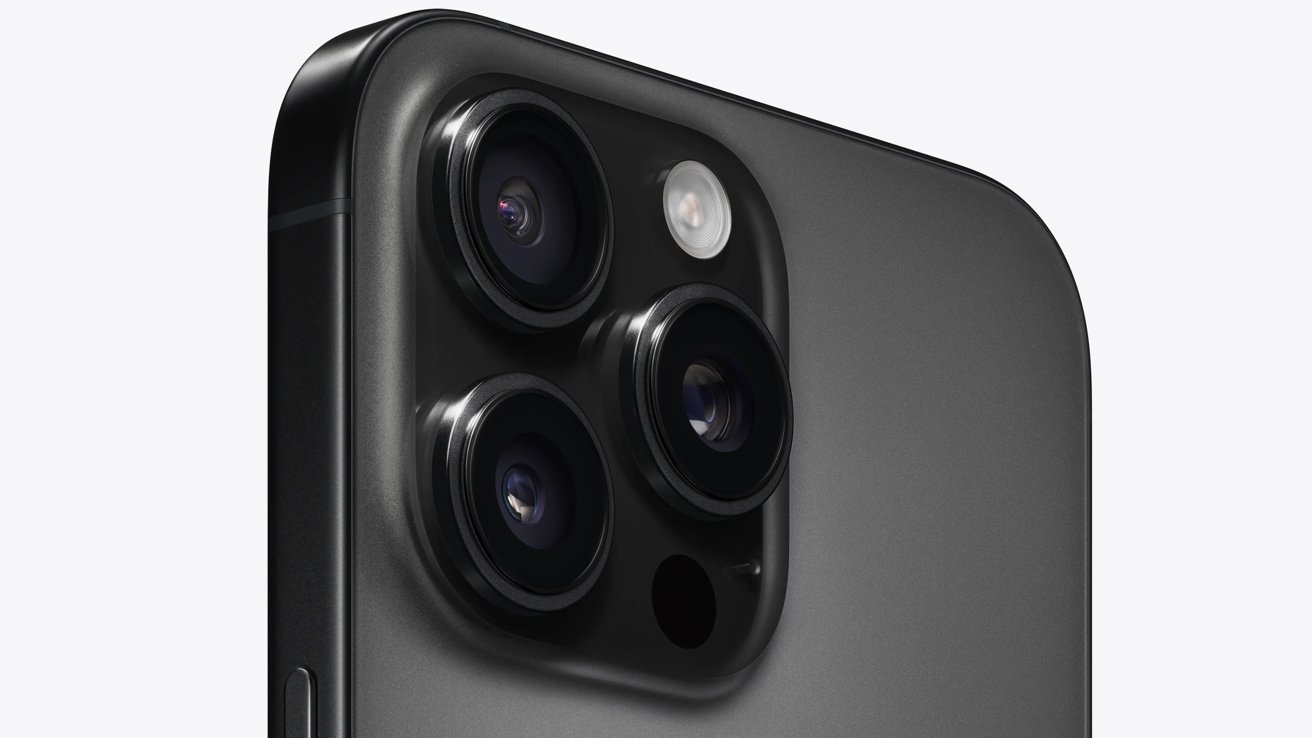 iPhone 16 Pro vs iPhone 15 Pro: There's a 48MP Ultra Wide camera and the Tetraprism lens on the iPhone 16 Pro.
iPhone 16 Pro vs iPhone 15 Pro: There's a 48MP Ultra Wide camera and the Tetraprism lens on the iPhone 16 Pro. The Ultra Wide camera was a 12-megapixel version with an f/2.2 aperture and a 120-degree field of view in the iPhone 15 Pro. The iPhone 16 Pro ups the spec to a 48-megapixel f/2.2 camera, still with a 120-degree field of view.
Where the iPhone 15 Pro lost out to the Pro Max was the Telephoto. The Pro Max had a tetraprism lens arrangement, allowing for it to have a 5x optical zoom.
The iPhone 15 Pro, meanwhile, settled for a more conventional 3x optical zoom with its 12MP sensor, and a maximum digital zoom of 15x.
This time, the Tetraprism lens has been adopted by the non-Max's Telephoto, giving it a 5x optical zoom. This now means there's feature parity on the Pro model's cameras.
Tech-wise, the iPhone 15 Pro's sensors all had 100% Focus Pixel coverage, with LiDAR also aiding focusing, especially at night. For the iPhone 16 Pro, the Fusion and Telephoto have 100% Focus Pixel coverage, while the Ultra Wide has Hybrid Focus Pixels.
The iPhone 15 Pro continued Apple's computational photography work, with updates to the Photonic Engine and Deep Fusion improving user's photographs. Portrait mode offered a six-effect Portrait Lighting function, with Night Mode, Smart HDR 5, and other features appearing on the roster.
This is unchanged for the iPhone 16 Pro.
The video side saw improvements in the iPhone 15 Pro. For a start, it offered 4K 60fps Dolby Vision HDR, 4K HDR Cinematic Mode at 60fps, a 2.8K 60fps Action Mode, and 1080p 240fps Slo-mo.
Like the Pro Max, the iPhone 15 Pro also allowed videographers to film 4K 60fps ProRes video directly to an external drive, using the USB-C port instead of internal storage.
The video improvements didn't end there, as it also supported log video recording and the Academy Color Encoding System.
For the iPhone 16 Pro, Apple has upped the frame rates, meaning you can record 120fps 4K Dolby Vision, and in ProRes if you record externally. You still have 1080p 240fps Slo-mo, but now you have the 120fps 4K option available too.
Around the front of the iPhone 15 Pro, the TrueDepth camera array was based around a 12MP sensor. It had an f/1.9 aperture, Focus Pixels, and a six-element lens, along with the depth mapping capabilities of the array.
You again could use Portrait Mode with Portrait Lighting, with it also supporting the videography capabilities of the rear cameras. That included 4K 60fps ProRes, 4K 60fps Dolby Vision, 4K HDR Cinematic mode at 30fps, and Log and ACES support.
This is completely identical in the iPhone 16 Pro, with no changes at all. The 4K recording is also still capped at 60fps, with Slo-mo at 1080p 120fps.
iPhone 16 Pro vs iPhone 15 Pro - Processing and Performance
As part of Apple's usual annual chip update for the Pro models, the iPhone 15 Pro gained the A17 Pro. The first 3-nanometer chip, it boasted a six-core CPU with two performance cores and four efficiency cores.
It also had a six-core GPU with hardware-accelerated ray tracing as well as dedicated onboard AV1 decoding.
The Neural Engine was also upgraded so that its 16 cores could perform up to 35 trillion operations per second. This allowed the iPhone 15 Pro and Pro Max to be the first to support Apple Intelligence.
The A18 Pro has a similar makeup, using a second-gen 3-nanometer production process and a new architecture with smaller transistors. The same two-performance, four-efficiency core setup is used for the CPU.
This time, the CPU is said by Apple to be 15% faster than the A17, while using 20% less power. There's also new ML accelerators, optimized for Apple Intelligence.
The GPU in the A18 Pro is again a six-core version, but it has a 20% boost over the A17 Pro. It can also handle hardware-accelerated ray tracing twice as fast.
The Neural Engine is still a 16-core model, but again it's "faster and more efficient" than the previous edition. This should certainly assist with the onboard Apple Intelligence processing, making tasks and queries run faster.
Despite Apple's proclamations, there's no way to actually directly compare the two generations of chip. We're certain that the newer chip will be faster in many ways than the older one, but not necessarily by how much.
iPhone 16 Pro vs iPhone 15 Pro - Connectivity
The iPhone 15 Pro has 5G support covering the sub-6GHz and mmWave bands, with LTE as a backup.
If you happen to need help in a cellular blackspot, you can message for assistance using Emergency SOS via Satellite. If you're stuck but it's your car that's in trouble, there's also Roadside Assistance via Satellite.
This is all entirely the same in the iPhone 16 Pro.
The iPhone 15 Pro has Wi-Fi 6E support, a second-generation Ultra Wideband chip, and Thread support. The iPhone 16 Pro tweaks this a bit by supporting Wi-Fi 7.
With the iPhone 15 Pro, Apple shifted the iPhone line from using Lightning for physical connectivity over to USB-C. Aside from using a connection the rest of the industry uses, it also upped the data transfer rate to 10Gbps.
You still have USB-C in the iPhone 16 Pro, with the same data transfer rate.
iPhone 16 Pro vs iPhone 15 Pro - Power and Battery
The iPhone 15 Pro's battery can last for up to 23 hours of local video playback, or up to 20 hours if it's streamed from the Internet. In terms of audio playback, it can manage up to 75 hours.
For the iPhone 16 Pro, a combination of a bigger battery and power efficiencies means the newer model can manage up to 27 hours of local video playback, 22 hours streamed. Audio playback lengthens to 85 hours.
Recharging is performed via USB-C or wirelessly on the iPhone 15 Pro and iPhone 16 Pro. Qi occurs at up to 7.5W, with Qi2 and MagSafe at 15W on the iPhone 15 Pro, 25W on the iPhone 16 Pro.
Fast charging is available when using the USB-C port, with the iPhone 15 Pro able to hit 50% charge within 30 minutes using a 20W or higher charger.
iPhone 16 Pro vs iPhone 15 Pro - Other Features
The iPhone 15 Pro and iPhone 16 Pro are both rated at IP68 for water and dust resistance. This means they can withstand depths of up to 6 meters (19.7 feet) for up to half an hour, so it will be fine if they're splashed or used in the rain.
The Crash Detection feature of the iPhone 15 Pro returns for the iPhone 16 Pro, offering protection if you're involved in a car accident.
The iPhone 15 Pro did away with the side toggle, used to mute the ringer. Instead, the Action Button allowed users to do the same thing, or something completely different if the user configured it.
That has made a return in the iPhone 15 Pro, but alongside a new button: Camera Control.
Located on the side and intended to work similar to a camera's shutter button, it's a capacitive button that can do more than just take a shot. Using it, users can also swipe sideways to adjust different camera settings, instead of repeatedly tapping the screen.
iPhone 16 Pro vs iPhone 15 Pro - Capacity, Color, and Pricing
The iPhone 15 Pro launched at $999 for a 128GB capacity, something the Pro Max didn't offer. You could also get a 256GB version for $1,099, 512GB for 1,299, and 1TB for $1,499. It was sold in four colors: Natural Titanium, Blue Titanium, Black Titanium, and White Titanium.
The pricing of the iPhone 16 Pro is identical. As for the color scheme, the Blue Titanium has been switched out for a Desert Titanium.
You can check out the latest iPhone prices in our Price Guide.
iPhone 16 Pro vs iPhone 15 Pro - Worth the Upgrade?
The iPhone 15 Pro was a bit of a letdown on its release, because of the rear camera's lack of Tetraprism. This is something that has been resolved for the iPhone 16 Pro, at least.
What you get over the iPhone 15 Pro in the iPhone 16 Pro is that better Telephoto optical zoom, the upgraded Ultra Wide camera sensor, and the new Camera Control. That higher 4K 120fps video option is a big improvement, which should interest would-be videographers a lot.
The screen size change does bring the iPhone 16 Pro close to the midpoint between the iPhone 15 Pro and Pro Max's displays. If the iPhone 15 Pro felt big enough and the Pro Max too big for a user, the iPhone 16 Pro could fall into the latter camp for some people.
The iPhone 16 Pro's upgrade and feature parity with the Pro Max are certainly welcomed here, but it doesn't seem quite enough for an iPhone 15 Pro owner to make the jump. Part of that is due to Apple Intelligence.
While Apple Intelligence is generally marketed as an iPhone 16 improvement, the iPhone 15 Pro is actually able to use the features too. This does rule out Apple Intelligence as a gettable feature for would-be iPhone 15 Pro upgraders.
Even so, Apple Intelligence is still a potential draw for upgraders from earlier models. There's a lot here for users of the two-year-old iPhone 14 Pro, or the three-year-old iPhone 13 Pro, to seriously consider trading up.
Where to buy the iPhone 16 Pro and iPhone 15 Pro
Wireless carriers are offering iPhone deals on last-generation devices, with trade-in offers providing up to $1,000 in bill credits. You can jump straight to the latest offers from the carriers below:
- AT&T Wireless - up to $1,000 off iPhones*
- Verizon Wireless - get an iPhone 15 free with bill credits*
- Visible - view latest offers Terms and conditions apply.
You can also trade in your used iPhone for cash to free up funds for the new iPhone 16 Pro.
-
10% bonus Promo code: INSIDERTEN
Trade-in deals deliver up to a 16% cash bonus (up to $45) at press time.
 Malcolm Owen
Malcolm Owen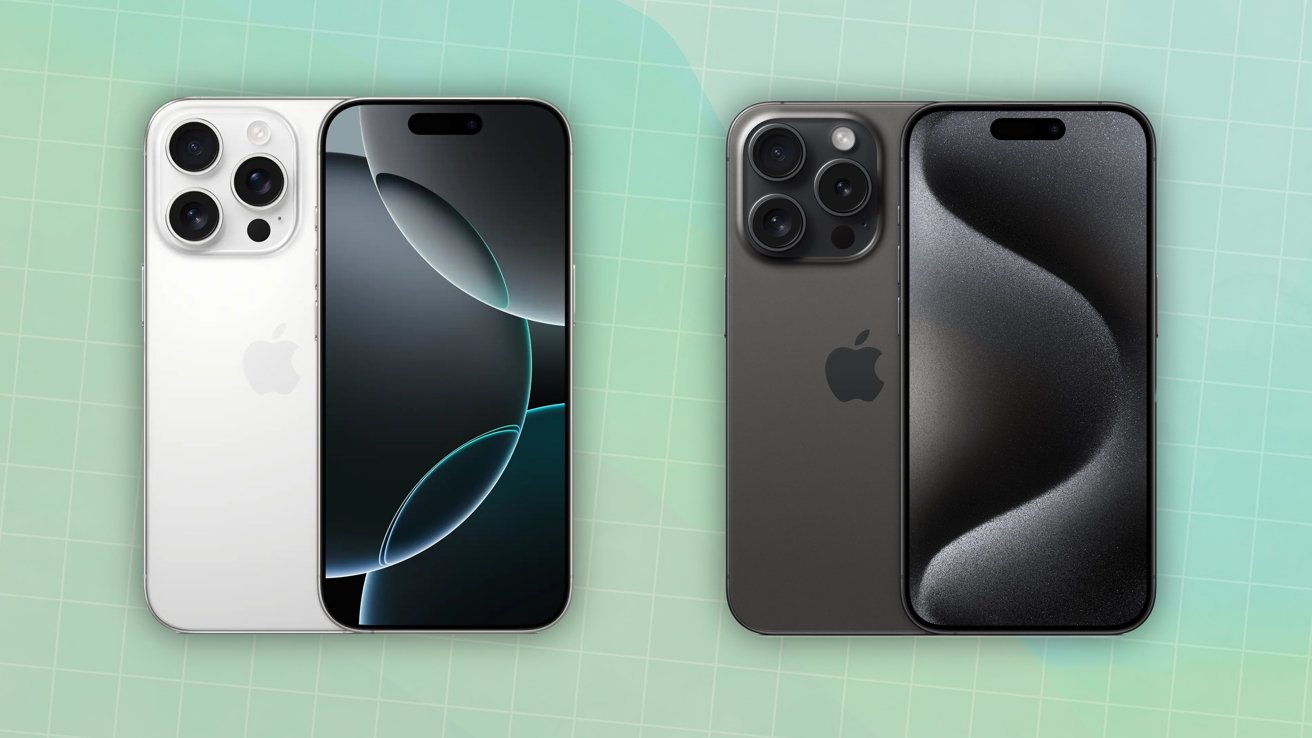
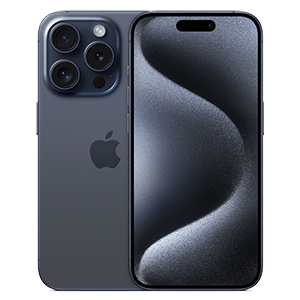
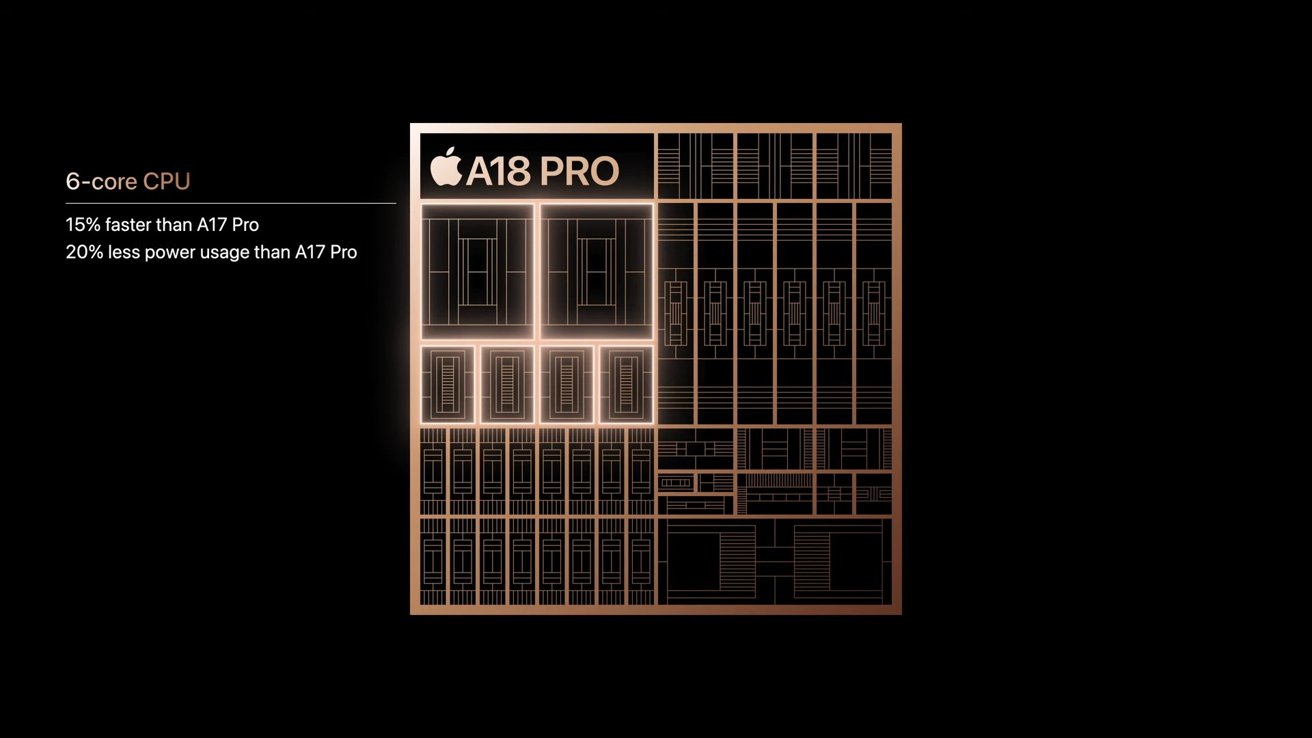
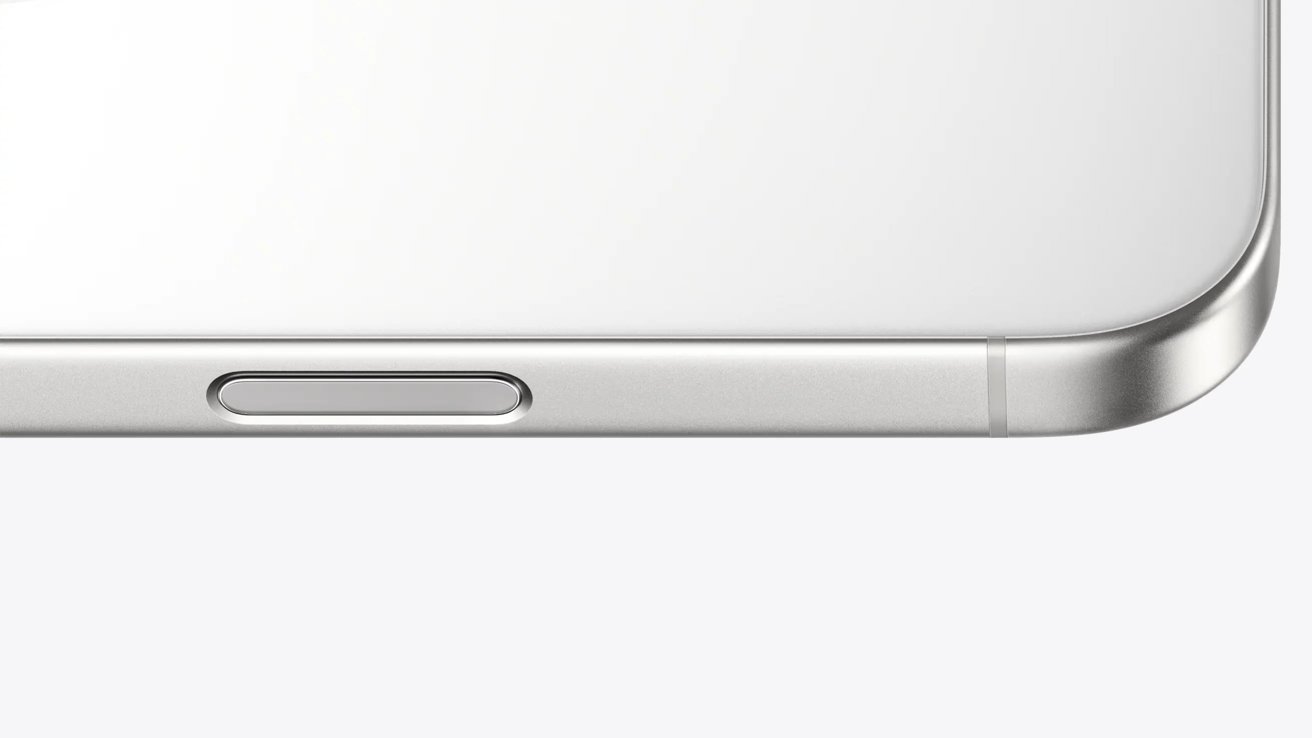
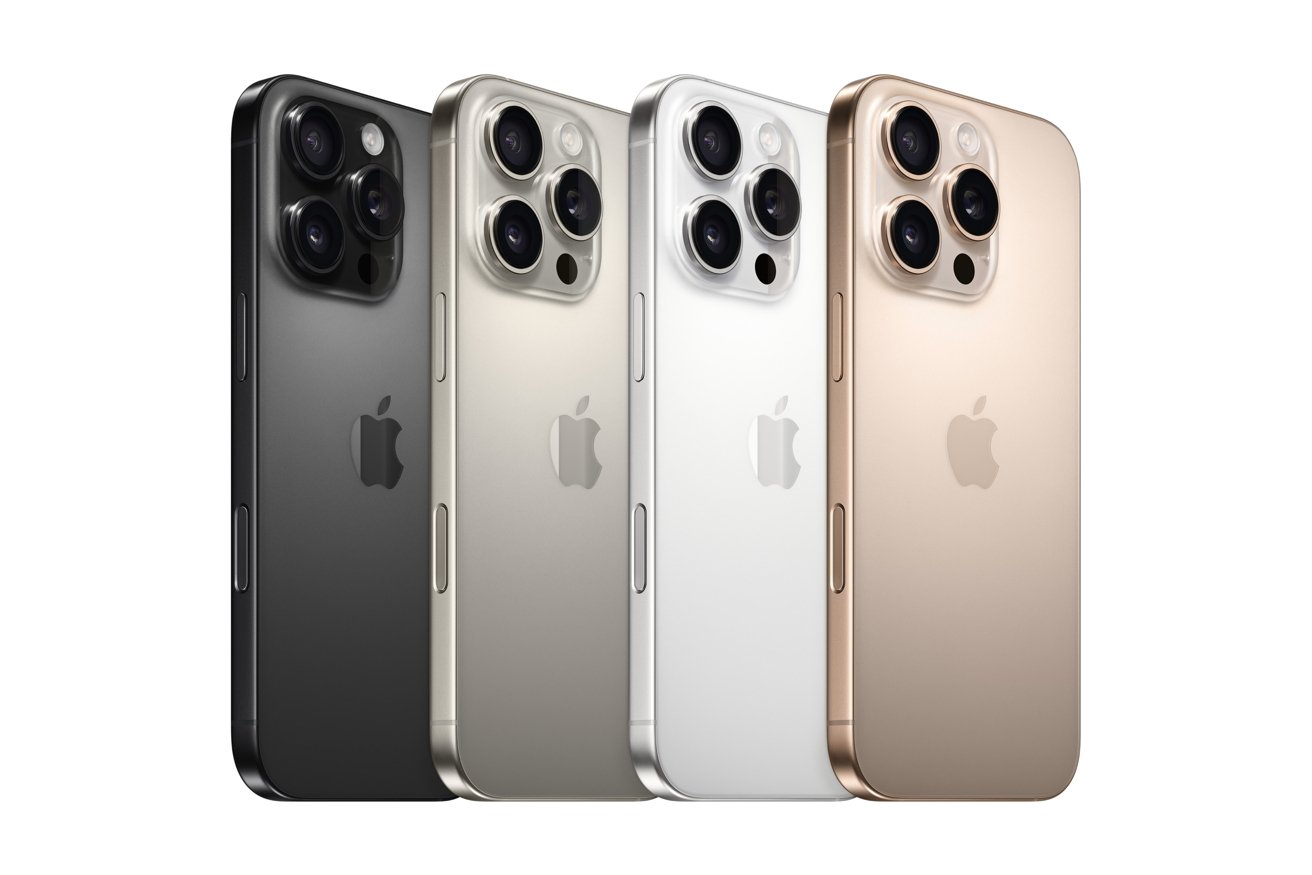





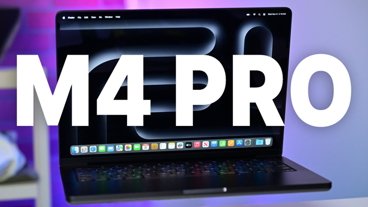
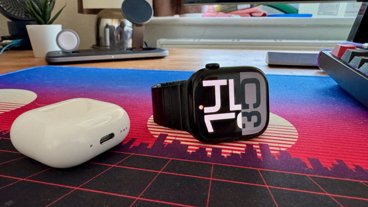
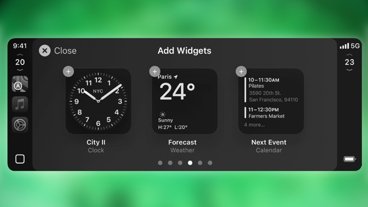


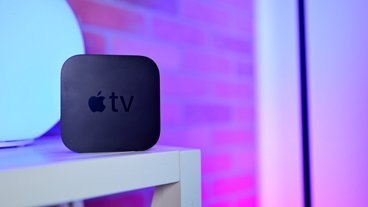

-m.jpg)





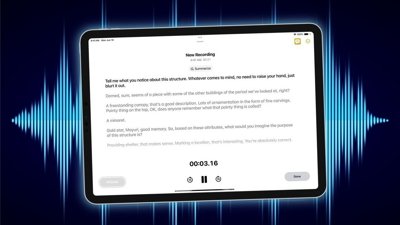
 Charles Martin
Charles Martin
 Wesley Hilliard
Wesley Hilliard
 Amber Neely
Amber Neely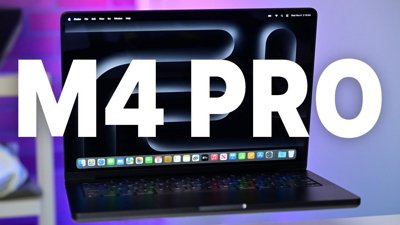
 Christine McKee
Christine McKee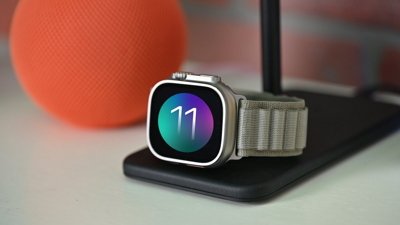
 Marko Zivkovic
Marko Zivkovic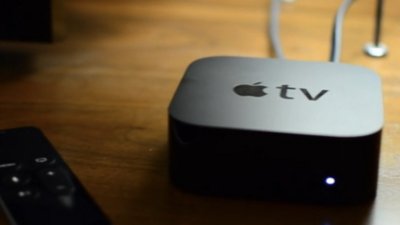
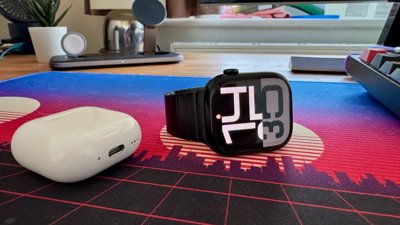
 Oliver Haslam
Oliver Haslam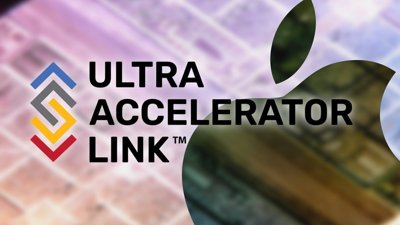






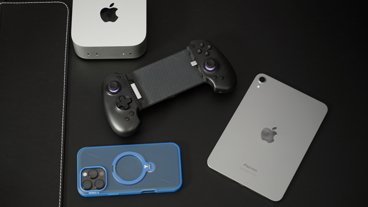

10 Comments
I believe all Apple Intelligence features will also be available in 15 Pro?
Battery and camera improvements look good but will let Apple iron out the AI functionality and keep my 14 Pro for another year as it’s a rock solid device and sold me on Apple’s pro range (MBP, APP2, ultra 2, iPhone pro).
Apple definitely deserves some kudos for holding the line on prices.
The article is confusing with wrong titles for the pictures of comparison. You are not comparing IPhone 15 Pro vs iPhone 15 Pro. One of those must be the iPhone 16 Pro.
At least ONE interesting color choice in the Pro lineup would have been nice. Desert Titanium is just a recycling of 13 Pro Gold, which was itself a recycling of 8 Plus Gold. So this year's "new" color is 7 years old. (If you doubt this, google both phones and you'll see.) Apple couldn't even manage a true "black black," which was rumored and would have been a nice refresh of a core Pro color. Instead, it's another year of calling dark gray "Titanium Black." Give us the damned Darth Vader phone for once!
Oh, to be a fly on the wall when colors for a new Pro lineup are discussed in Cupertino, if only to hear how any thought of something exciting gets the life beaten out of it before it can take hold.